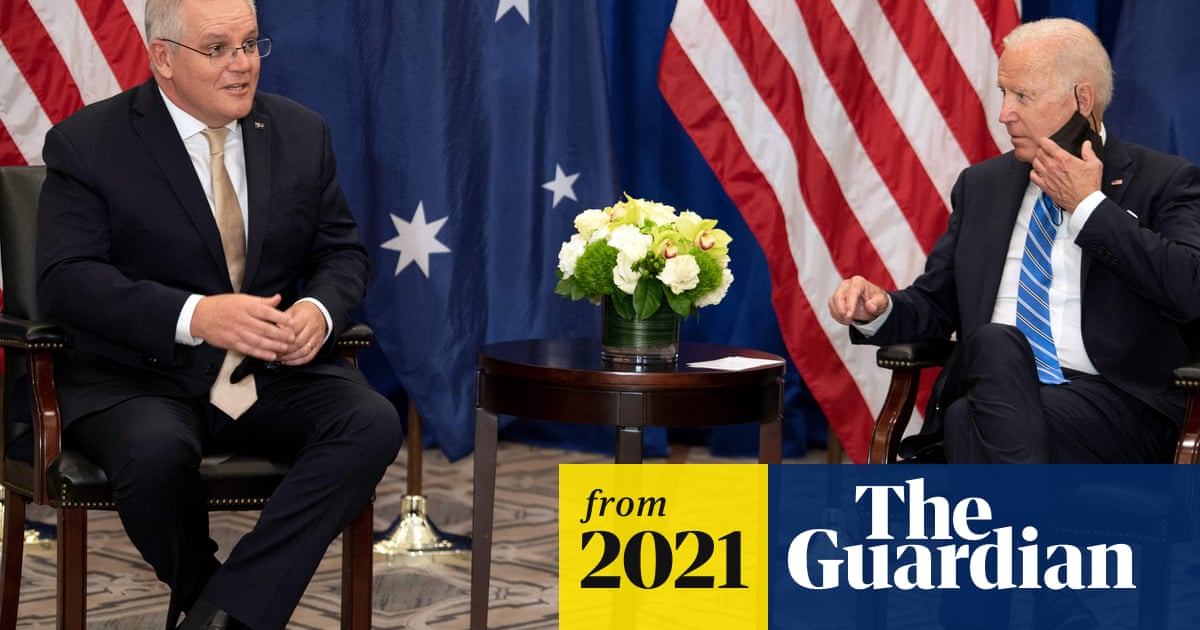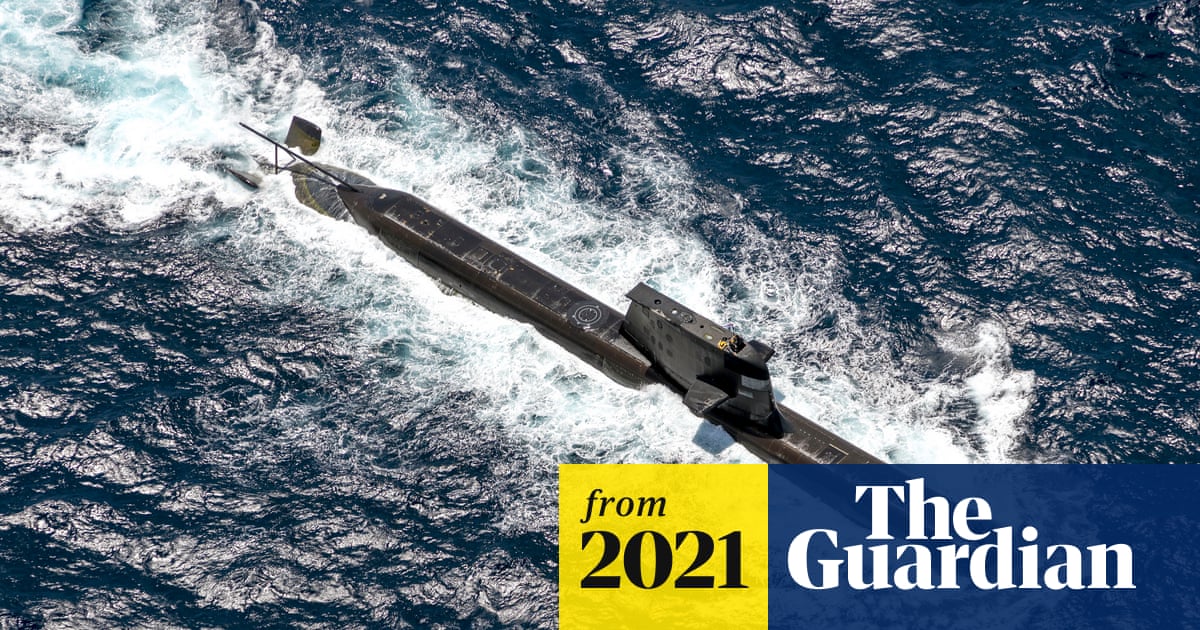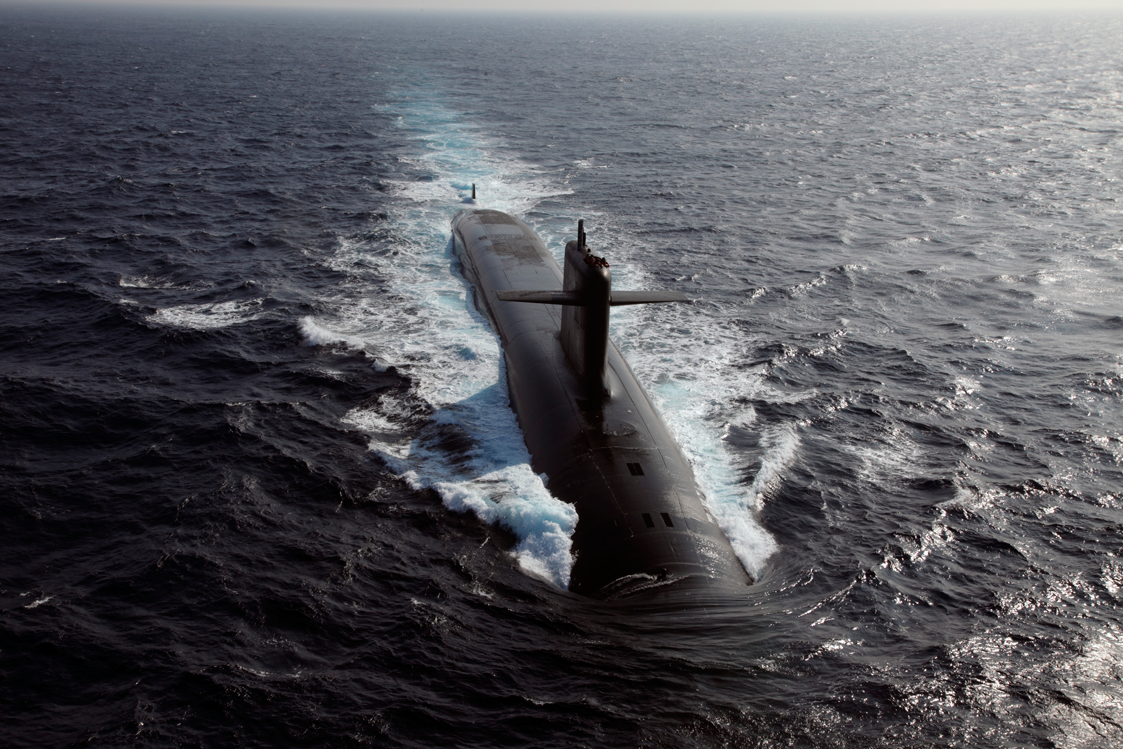peterAustralia
Member
There is starting to be some kick back about the idea of using HEU for Australian Submarines. However it seems at the moment to be coming more from the US defence experts. Watching 7.30 report last night, the amount of HEU in a Virginia class submarine reactor is 500kg which is enough for 20 atomic bombs. My guess earlier was 250kg for ten a-bombs. Of course Australia is exceptionally unlikely to decommission a submarine to obtain HEU for atomic weapons. The main risk I see it is the precedent it makes. An example used on telly last night, say Vietnam bought a sub with HEU reactor, they would then if they really wanted to, be able to make 20 atomic weapons. It would be asking a lot for Australia to object the sale to a nation buying a HEU fuelled sub when our own subs are powered by HEU. The possible risk with regards to weapons proliferation, is more in the 2050 to 2100 time frame, as opposed to the short term, and with other nations, because of the precedent made by Oz
There may be a scenario, say the year 2080, Australia finds itself in a really precarious limited war, and the adversary as atomic weapons and is making very threatening remarks. At that time one of our fleet of subs is undergoing maintenance. There may be pressure at that time if the risk is deemed extreme, to use the fuel in one sub to make a strategic deterrent via bombs as a last resort. Very unlikely, very undesirable, would have great downsides in regards to alliances longer term; but not impossible
There may be a way out though. Have the uranium at say 85 percent enrichment.
Using 85 percent grade, the fuel would be unsuitable for a bomb (to the best of my knowledge). The loss is years of service that the submarine could operate before running out of fuel may be reduced by a year or 2, however I suspect the loss to be modest. Obviously this would need some redesign to the reactor, however logic suggests it would be modest, based on the fact some reactors use LEU (30 percent?) and some use HEU at 90 percent. For HEU reactors it may be that after decades of use, the purity of the fuel degrades after fission, so the enrichment level after 30 years of use may be a fair bit lower than the original 90 percent. Thus the reactor should work well without modification at 85 percent, at least initially, if it say degrades to 80 percent may/may-not be an issue. Please note that we have 20 years in which to allow a reactor designed to run on 90 percent enrichment, to run at 85 percent, logic suggests it should be possible
My gut feeling is that probably the best way to go would have been very large conventional subs, with lithium ion batteries and AIP, however that is not going to happen. What I do feel would be very useful would be some unmanned drone subs that could escort the larger manned sub. The drones would be all electric with lithium ion batteries of 200t to 500t size. It may even be possible for the drone to travel ahead of the manned sub a dozen miles or so, going slowly and connected via a fibre optic cable. I think in say 60 years you may even have really large drone subs, recharging smaller drone subs underwater. The larger sub, just a very large, very slow, simple floating battery milch cow. Every so often the smaller drone would rendezvous underwater for recharge discreetly, rather than having to transit thousands of miles back to Australia or a surface ship

 www.theguardian.com
www.theguardian.com
There may be a scenario, say the year 2080, Australia finds itself in a really precarious limited war, and the adversary as atomic weapons and is making very threatening remarks. At that time one of our fleet of subs is undergoing maintenance. There may be pressure at that time if the risk is deemed extreme, to use the fuel in one sub to make a strategic deterrent via bombs as a last resort. Very unlikely, very undesirable, would have great downsides in regards to alliances longer term; but not impossible
There may be a way out though. Have the uranium at say 85 percent enrichment.
Using 85 percent grade, the fuel would be unsuitable for a bomb (to the best of my knowledge). The loss is years of service that the submarine could operate before running out of fuel may be reduced by a year or 2, however I suspect the loss to be modest. Obviously this would need some redesign to the reactor, however logic suggests it would be modest, based on the fact some reactors use LEU (30 percent?) and some use HEU at 90 percent. For HEU reactors it may be that after decades of use, the purity of the fuel degrades after fission, so the enrichment level after 30 years of use may be a fair bit lower than the original 90 percent. Thus the reactor should work well without modification at 85 percent, at least initially, if it say degrades to 80 percent may/may-not be an issue. Please note that we have 20 years in which to allow a reactor designed to run on 90 percent enrichment, to run at 85 percent, logic suggests it should be possible
My gut feeling is that probably the best way to go would have been very large conventional subs, with lithium ion batteries and AIP, however that is not going to happen. What I do feel would be very useful would be some unmanned drone subs that could escort the larger manned sub. The drones would be all electric with lithium ion batteries of 200t to 500t size. It may even be possible for the drone to travel ahead of the manned sub a dozen miles or so, going slowly and connected via a fibre optic cable. I think in say 60 years you may even have really large drone subs, recharging smaller drone subs underwater. The larger sub, just a very large, very slow, simple floating battery milch cow. Every so often the smaller drone would rendezvous underwater for recharge discreetly, rather than having to transit thousands of miles back to Australia or a surface ship

Experts warn Joe Biden supplying nuclear submarines to Australia threatens US security
Malcolm Turnbull says reactor not a ‘plug and play’ power pack as former US officials raise national security concerns


